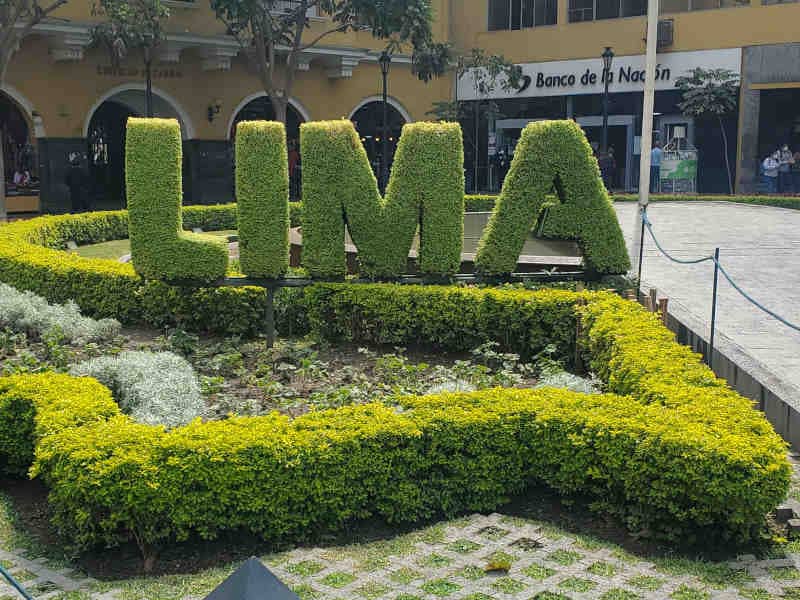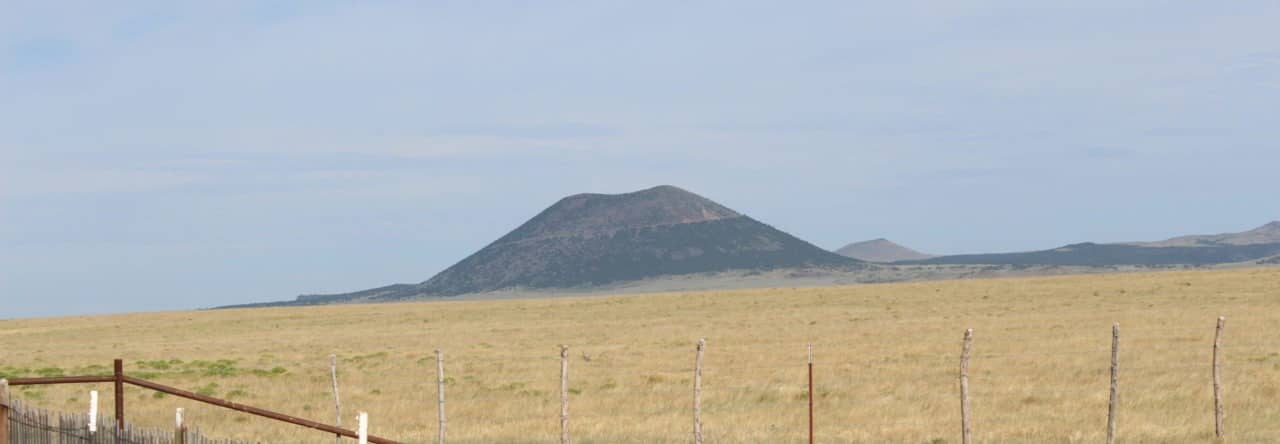Access to Wi-Fi is becoming increasingly scarce so posts are going to be even fewer and farther between. I’ll be completely off the grid for the next 72 hours.
We were originally scheduled to have our third school visit on this morning but it turns out it was a holiday, Día del Campesino, and public sector employees were off so school was not in session. This holiday was originally meant to celebrate the indigenous population and the farmers of Peru. Most people would not consider this much of a holiday from work as they would have to work extra to make up this missed time (for example, working an extra hour a day). With our morning plans cancelled, we learned more about the city of Lima itself.

Huaca Pucllana
Huaca Pucllana is a solid pyramid made of adobe in the district of Miraflores. The location of this pyramid really catches you off guard. You are driving through apartment buildings, stores, hotels, and restaurants and then right in the middle of that is a pyramid! The Lima culture likely built the first pyramid here with the Wari and Ychsma cultures expanding on it. From what we were told, the top is flat which was most likely acted as some sort of trading post. The adobe bricks are stacked vertically (bookshelf technique) which is not as effected by seismic activity. There are over 300 Huacas (holy sites) in Lima but none are this preserved. We just drove by it on our way through the city.

Additional Landmarks in Lima
The Plaza San Martín was built in 1921 to celebrate the 100th anniversary of Peru’s independence.

Plaza Mayor is where in 1535 Francisco Pizarro laid foundation for the city of Lima. Pizarro and his men did a lot of really bad things to the Inca people prior to this happening. This spot was chosen because of its proximity to three rivers, the fact that it does not see extreme temperatures, and it is close to the ocean. The fountain in the center is from 1651 but most buildings are from the 20th century due to damage from earthquakes. Around this plaza you can find the presidential palace, city hall, and the former Archbishop’s palace which is now a museum. Fransisco Pizarro’s body can be found within this cathedral. For some reason I don’t have any pictures from this plaza so here is a picture of another church (Iglesia y Convento La Merced). This is the oldest church in Lima although it has required frequent renovations due to earthquakes.

Our final morning stop was to the Catacombs of the Basilica of San Francisco. This is a Franciscan monastary which was founded in 1546 and like so many other buildings has faced earthquake damage over the centuries. The tiles on the wall were from the early 1600’s and came over from Seville, Spain. The wood used in its woodwork comes from cedar trees cut down in Central America. In the catacombs beneath the monastary are the remains of 25,000 people. It was a public cemetary and all demographics were buried here. Use of these catacombs ended in 1821 when Peru became an independent nation. Within the library there are over 25,000 books in different languages and different topics dating back to as far back as the 15th century. Due to humidity and sunlight many of these books are damaged beyond repair and cannot be removed from their shelves. The monastery does not allow photography within its walls so I have no pictures to share.
Festival of Folk Dances at Las Brisas del Titicaca
After yet another fulfilling meal, we were off for a cultural activity. We would get to see some traditional folk dances. The Brisas del Titicaca Cultural Association is a non-profit organization with 60 years dedicated to preserving, promoting and disseminating the various cultural expressions of Puno and Peru. Due to a morning that took longer than expected and a long lunch we missed half of the show.

Overall it was a pretty relaxing day. It was nice to see some of the historical parts of Lima.
